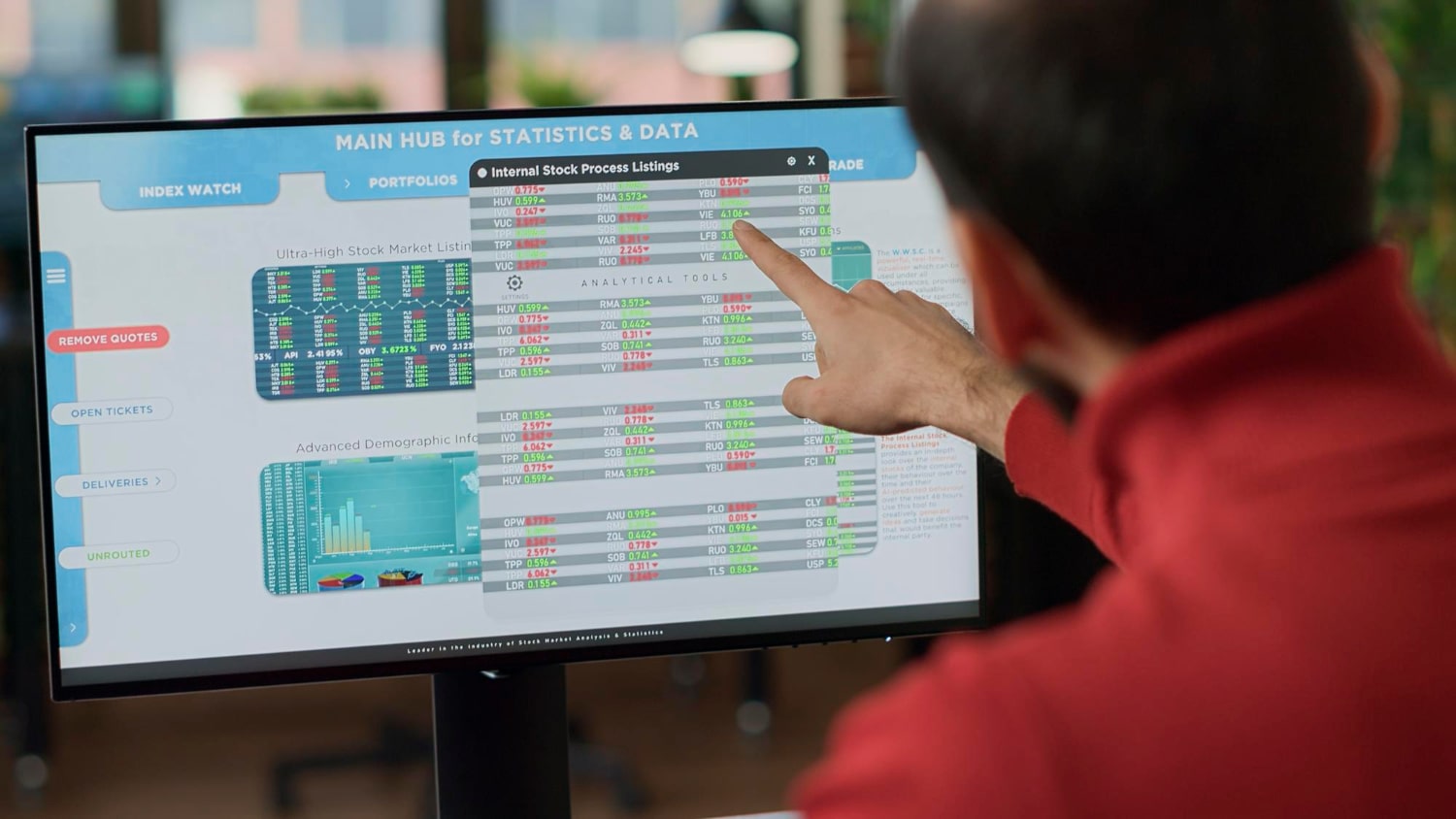Managing a brewery is a rewarding endeavor but also complex. In addition to putting together great recipes and consistently producing great beer, brewery production planning has to be a core part of the equation. After all, the brewery industry is increasingly competitive. Brewers who are able to optimize their beer production can build a lasting competitive advantage thanks to better margins, more reliable scheduling, and higher quality products.
Getting there takes a little finesse and strategy. Optimizing your production planning means optimizing every part of your operations, including real-time inventory management, scheduling, historical demand analysis, batch size optimization, quality control, and more. Everyone in the brewery needs to be involved, and everyone needs to operate on the same data.
As daunting as it may be, planning your brewery production is far from impossible. You just need to know where to focus in order to plan your way to long-term, sustainable success.
The Basics of Brewery Production Planning
Brewery management, at its core, is about consistency. Your customers expect high-quality products that taste consistent every time and are available when they choose to drink your brand. At the same time, customers will have different preferences, requiring multiple recipes and brewery processes that all adhere to that same consistency.
Getting to that point is impossible without at least some strategic brewery production planning. The right plan accomplishes a few core things, including:
- Being able to forecast demand
- Managing your packaging and ingredient inventory
- Managing the supply chain to get the right ingredients in stock at the right time
- Scheduling out your production, including different recipes and batch sizes
- Ensuring quality control for each batch you brew
A brewery production plan prevents bottlenecks, builds efficiency, and ensures the consistency your customers look for. It also helps you use all of your inventory and resources as efficiently as possible to reduce waste and increase your margins. In short, it’s the key piece to producing great products that are readily available, ensuring your brewery business becomes profitable.
Related: FAQs for Brewery Production Planning
Any plan that accomplishes all of these goals sounds like it has to be complex. But you can still break it down into individual steps to ensure an optimized plan that helps you run your brewery. The following eight steps can help you optimize your brewery production planning for long-term success.
Step 1: Monitor Market Trends
At its most basic, planning your brewery operations involves taking outside forces into account. Much of the production will depend on these factors, so knowing what to expect will play a core role in planning ahead. Some of the market trends to monitor include:
- Global or market-wide demand for beer, and craft beer in particular
- The state of the competition in your market, particularly from other craft breweries
- The health of your supply chain, from packaging to key ingredients
While the current market may not reflect the future exactly, it can still be an important predictor. For example, businesses that were able to anticipate known issues in the brewery supply chain can more easily adjust their production planning to reduce or remove ingredient and packaging shortfalls.
Step 2: Anticipate Customer and Product Demand
Beyond broad market trends, a historical data analysis of your own production and sales can and should play a core role in your production planning. With the right eye and analysis, these trends can help you understand customer preferences and demand, both for your brewery sales as a whole and specific products you produce.
For example, a rolling analysis of your individual beer sales over the last three years helps you better understand which of your products sell well and during which seasons. You might be able to identify seasonality to certain recipes or packaging types, such as higher demand for canned or bottled beer during Christmas. That knowledge helps you better anticipate demand, in turn enabling you to more strategically schedule out production.
Step 3: Manage Your Inventory—In Real Time
Much of your production planning revolves around your inventory. From packaging to ingredients, it’s critical that you make sure you have what you need to continue your operations without disruptions—but without having so much on hand that you exceed your planned costs or waste expired ingredients.
That, in turn, requires conscious inventory management. Whichever tracking method you use, from spreadsheets to brewery inventory management software, it helps to keep a real-time understanding of what is on hand and when it’s time for a reorder. The more integrated your inventory management, the easier it will be to stay on track and maximize your efficiencies.
Step 4: Plan for Ingredient Availability
The internal component of inventory management should always be complemented by an understanding of external market forces. More specifically, that means keeping track of the availability, costs, and delivery times of the ingredients you need for brewing.
For example, weather events threatened hops production earlier this year, causing beer shortages for brewers who were not prepared to manage their inventory. In turn, they became reliant on more limited, expensive, and lengthy hops supplies. Planning ahead enables you to order earlier, look at alternative suppliers, and take other steps necessary to keep your production on schedule even in the face of complications.
Step 5: Build Your Brewery Production Schedule
Variables like the above can help you build more specific schedules that keep your brewing process on track. These schedules might include components like:
- The lead time needed to order ingredients
- The length of time needed to brew different batches and recipes
- The equipment and time needed on that equipment for each batch and recipe
- The time required for packaging after the batch production
- The duration for which you can store a batch before it spoils and you need to have a new batch in hand
The result might be something akin to a Gantt chart, which lets you know exactly when and how each batch rolls through your brewery production plan. That schedule now becomes the core of your plan, helping you organize and optimize your operations and production processes.
Step 6: Optimize Your Schedule for Different Batch Sizes
Not every batch you produce will be the same size. You might consider changing volume based on the recipe, anticipated demand, and even available ingredients. Each of these changes, though, comes with important considerations that you have to keep in mind as you plan your overall brewery production.
For example, it’s important to know the batch sizes your equipment can produce while maintaining maximum quality. You should also test which recipes will remain consistent even as batch size increases or decreases and which might need more specific volume batches. And of course, accounting for the popularity of your recipes while scheduling your equipment according to anticipated demand is essential.
Step 7: Ensure Quality Control for Every Batch
Ultimately, the goal is to serve and sell beer that matches your and your customers’ high-quality standards. Inconsistency or low quality can quickly lead to a loss of revenue and customers, who will look to competitors for their liquid cravings instead. That’s why your production planning should always include a quality assurance step.
Related: Tips for the Optimal Brewery Production Schedule
Variables like temperature, gravity, yeast health, fermentation time, and more all require regular testing throughout your production. Some are manual while others can be automated by building a sensory panel. But regardless of how you measure it, keeping quality assurance part of your schedule and plan can go a long way toward consistent, high-quality production.
Step 8: Review and Optimize Your Plan at Regular Intervals
Finally, keep in mind that no brewery production plan is ever perfect. With every batch you brew, every ingredient you order, and every QA test you undertake, you’ll find improvement opportunities that could build more efficiencies and help you brew better beer.
Avoid forgetting about these improvement opportunities and trying to immediately change processes just to accommodate one need. Instead, build regular intervals into your operations at which you look at your plan and make strategic adjustments. That way, you can keep all variables in mind while improving your plan and schedule over time.
How Brewery Production Planning Software Can Help You Optimize For Success
Put it all together, and you get a strategic brewery production planning process that helps you run a more successful, efficient business. At the same time, the number of complexities involved can make implementing that plan difficult without the right software in place.
That’s where brewery production software comes into play. The right platform can help with all of the above steps, from real-time inventory management to quality assurance and a production planner that keeps an overview of your schedule. This allows you to focus on the strategic components of running a brewery while streamlining all of your processes.As the market-leading brewery management software, Ekos is ready to help your brewery succeed. Contact us to learn more about the brewery production planning process and how a comprehensive production planning tool can help your business succeed.



